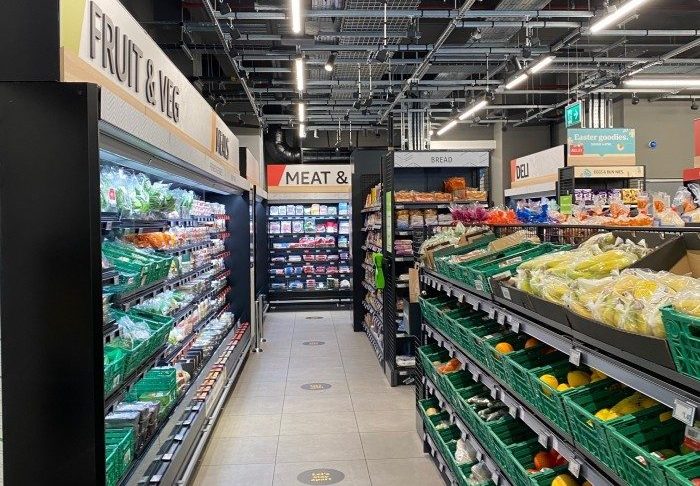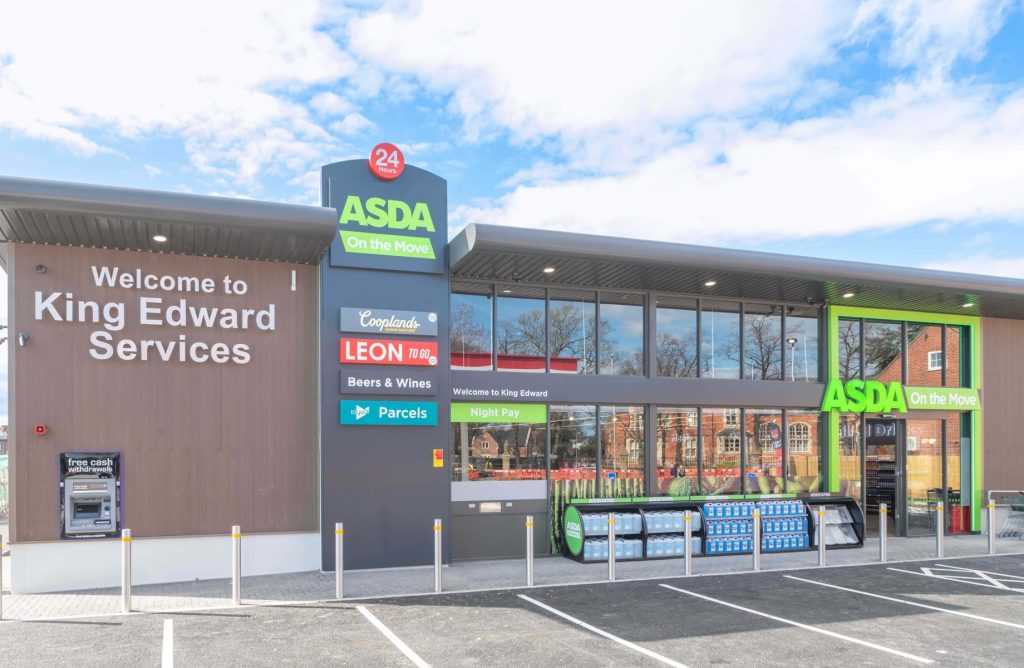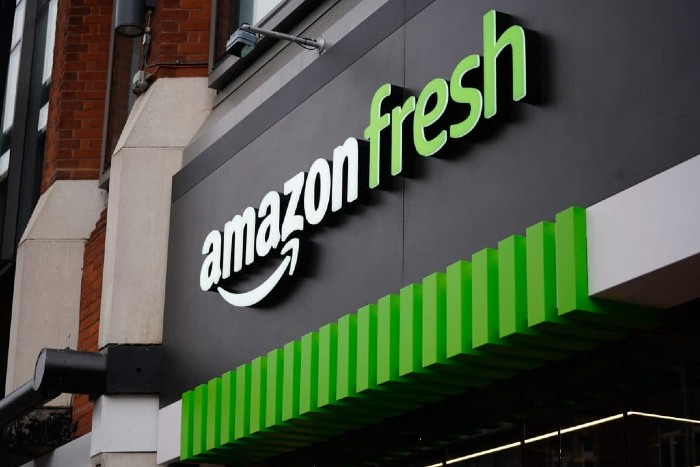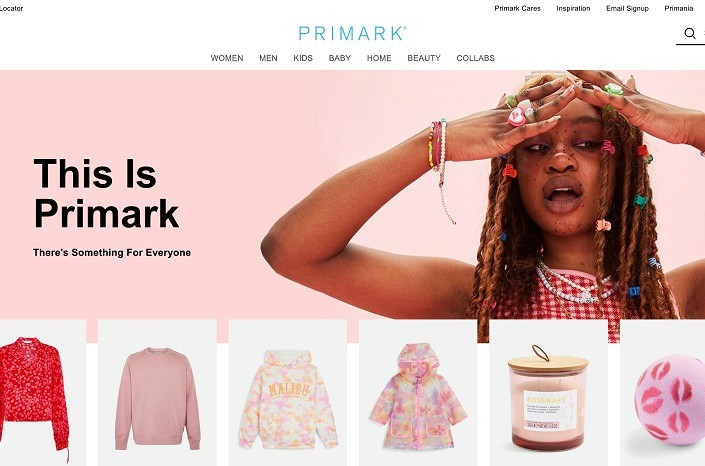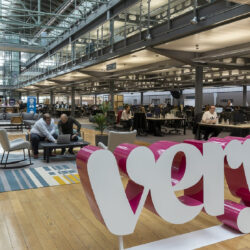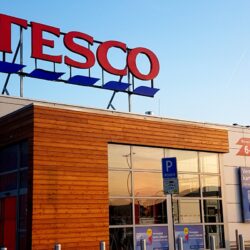Customer loyalty is something all retailers crave. You can tell from the fact that everybody’s purse or wallet is creaking with loyalty cards – people are so loyal they can barely fit their preferences into a single pocket. The answer from many retailers has been to make loyalty cards smaller so they can fit onto a key ring.
Clearly this model of loyalty is failing to map onto customer preference and behaviour. If a scheme encourages people simply to hunt bargains and continue shopping everywhere else, it’s working for the customer but not for the retailer. The net result, logically, is a cost to the retailer without any demonstrable benefit and no discernible attachment to the definition of “loyalty” as any dictionary would have it.
Standard card schemes were always a blunt instrument, even in their heyday. In the digital age the customer and the environment they inhabit have evolved and so must the retailer’s approach.
The business difference
It is possible that the customer has changed. It’s equally possible that the customer hasn’t evolved as much as become able to act as they always wanted to. We have recently worked with Adobe on a widescale project involving consumers and business addressing the question of what loyalty now means in the digital age. What we found was that the buyer has moved to centre stage, ousting brand loyalties as drivers for purchases. The consumer now increasingly responds to stimuli that accord with their values rather than ideas from outside.
The research, “Reinventing Loyalty: The New Loyalty Experience”, found that 75 per cent of market leaders now admit that they are struggling to keep up with customer loyalty models. But for those taking into account new loyalty factors but following an experience-led rather than name-led scheme can expect to see better business performance by around 14 per cent.
Four key battlegrounds
The modern consumer has been empowered to pick and choose more than ever before by a process of digital transformation. The technology allows them to amplify their sense of self when making buying decisions rather than using retailers’ names as a proxy. The areas that are important to them include:
- Does the retail experience adapt to my individual needs? Is it predictive?
- Is the service available when and where I want? Is it prevalent?
- Does the vendor help me to filter choice?
- Does the experience delight me? Is it differentiated?
None of this has anything to do with a particular retailer’s identity. Working with Adobe, we thought it was worth breaking some of those issues down. First, does the experience adapt to individual needs and more importantly, can you anticipate a customer’s needs? Based on their previous behaviours and using data it’s certainly possible to do so. People brought up in an era in which Amazon can forecast which book they’ll want to read next and when Spotify can tell them which new releases they’ll enjoy, are expecting similar predictions from every retailer in a digitised culture.
Likewise, they expect their retailer to have a single view of them. They might approach an outlet in person, through their tablet, through the phone either by voice or with an app, but if it doesn’t feel consistent they will perceive this as negative. Related to these two issues is whether their chosen retailer can help them to filter choice based on previous behaviours.
The fourth point, about delighting the customer, is obvious but not easy in the digital world. In an age when transactions generally work, building loyalty by being distinctive isn’t as easy as it used to be.
Time to get moving
Almost two thirds (61 per cent) of customers confirmed that they were happier buying from places that tailored the experience to their needs. This figure is likely to grow as the incoming generation matures. However, although 65 per cent of respondents on the business side said they adapted marketing to reflect individual consumer needs, only 32 per cent said they were using artificial intelligence (AI) to achieve this. This might look odd in the light of the 69 per cent who said AI had the capacity to redefine customer relationships.
The inevitable conclusion is that the technology is in place to satisfy the customer and turn them into a loyal advocate for a particular retailer but insufficient numbers of vendors are doing anything about it as yet. This might sound odd or even slightly foolhardy but it offers the people who are prepared to act an advantage.
A self-aware and digital customer has started to emerge and they are unlikely to welcome being treated as if the world were still analogue for long. The retailers that adjust their experiences accordingly as a result should be in a position to do well.
Dr Chris Brauer is the Director of Innovation at Goldsmiths University of London






